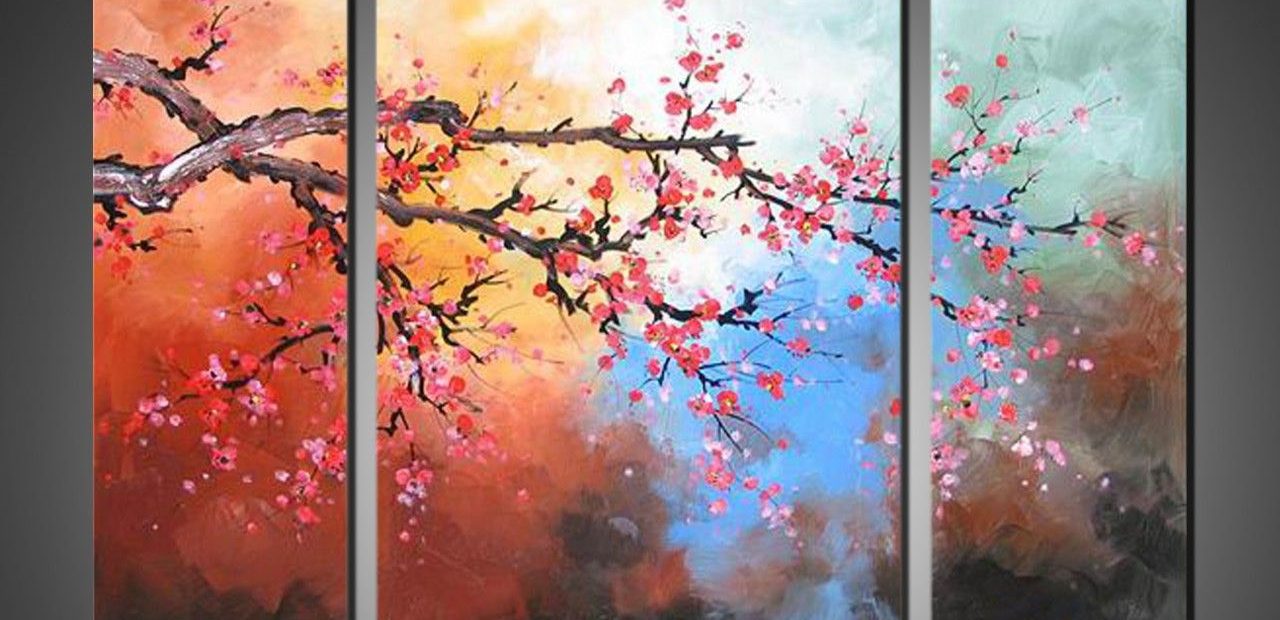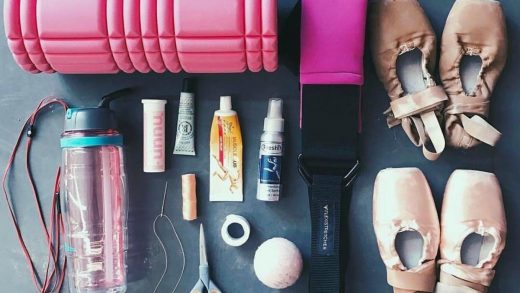Making Your Vision a Reality: Types of Canvas for Painting
Canvas is one of the best methods for artists to show their work, and it has been used for many years, from oil and acrylic paintings to bespoke canvas art prints. This type of art medium was first constructed from tightly woven hemp and became popular in the 16th century during the Italian Renaissance. It was especially appealing to Venetian artists because it was simpler to work with in a humid atmosphere than frescos or wood panels. Given that the material was also used to manufacture sails and the Venetians were recognized for their naval fleet, they also had a big and inexpensive supply of canvas always on hand.
Even though you might not be living in 16th century Venice, you too have a plethora of canvas designs to choose from. You just need to find a good art supplies store in your area that can provide you with the resources you need for your new project, starting from the surface you’ll be painting on.
Contents
Types of Canvas for Painting
To begin your painting, you’ll need a plain canvas to paint on, which is why these acid-free and unbleached models are the perfect choice for your artwork. Next, consider the following features.
Material: Cotton or Linen
Cotton is less expensive than linen, but it is not as sturdy, and it has not been time-tested like the linen used by the great masters. Cotton stretches easily and holds its shape on the stretcher bars. Linen is derived from flax and is stronger because its fibres are longer, making it less prone to rip along the staple line or at the sharp outer corner of the stretcher bar. It also means that finer and thinner linens may be used to achieve the same strength as heavier kinds of cotton.
Since linen is stiff, it is more difficult to pull during stretching, and you must take care to maintain uniform tension across the canvas or it will ripple along the edges later. And because it is far more difficult to stretch than cotton, some painters choose to purchase ready-made linen canvases.
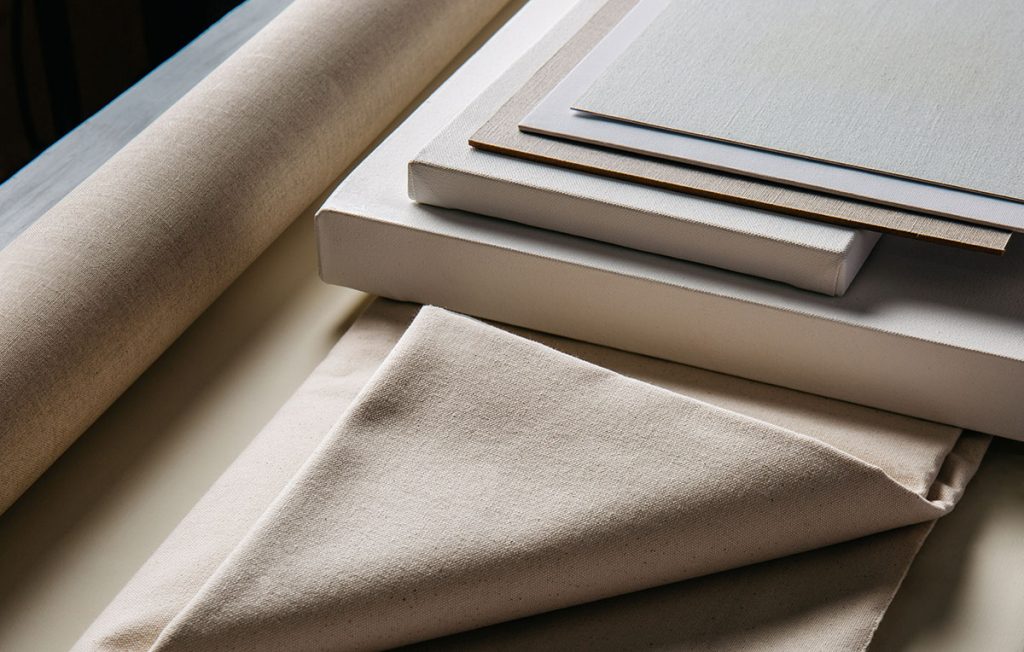
source:jacksonsart.com
And remember, plain canvas to paint on is unbleached, and it can have a different colour than canvas that’s been treated. For instance, unprimed cotton is normally a cream colour, and unprimed linen is usually a brownish hue, however, we have some primed Italian cotton with a coating on the reverse that makes it darker on the back.
Linen is more expensive than cotton canvas, in part because the cotton canvas is far more common and has numerous non-art purposes. Professional-grade artist cotton canvas is also available, although it is more expensive due to considerably lower market demand. Linen is also more expensive than cotton because it requires a longer process to treat the flax fibres and because its inelasticity makes weaving into the fabric more difficult.
In addition to its amazing strength and the beautiful surface it provides for painting, linen has cache among art buyers and painters. There’s also something romantic about painting in oils using linseed oil on linen canvas, both of which are created from the flax plant.
The Weight of the Canvas
The larger the weight, the more tension the canvas fabric can withstand without ripping, hence for particularly big stretched canvases, a heavier canvas will be preferable. Weight is the amount of fabric per unit area and is influenced by the thickness of the thread used to weave as well as the tightness with which it is woven. Because coarse/rough canvas can be loosely woven, it can be lighter in weight than fine canvas that is precisely woven. However, a thick thread produces a hefty canvas, whereas a thin thread produces a light canvas.
Unprimed canvas is considered to be lightweight at about 140g, medium-weight at around 230 g and heavy-weight at around 280 g or more. When the canvas is primed, the weight indicated includes the priming, therefore comparing the weight of the actual canvas can be difficult because some have a considerably thicker coating of primer than others.
Tips and Tricks for Using Canvas
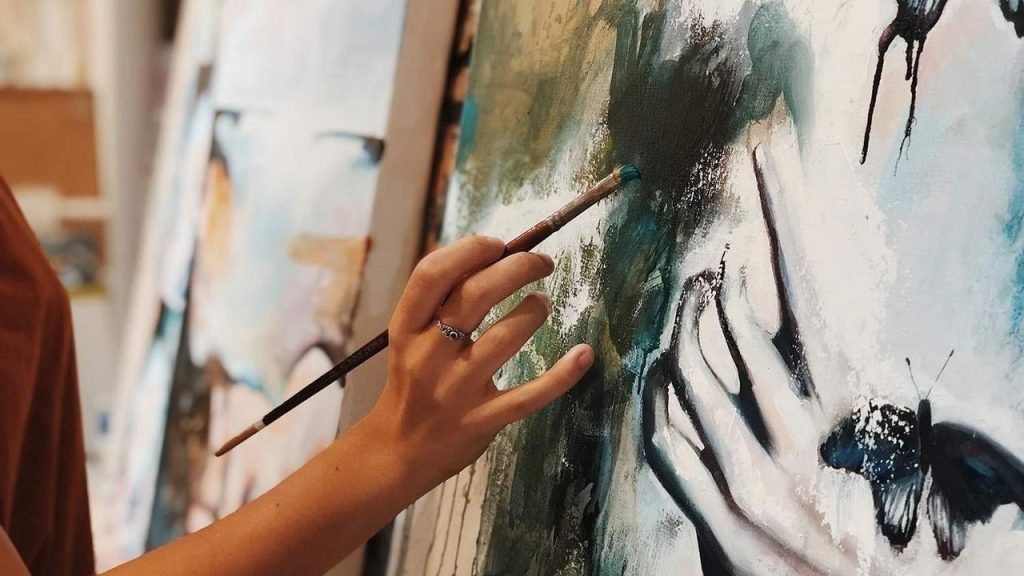
source:milanartinstitute.com
The primer on your canvas is the last thing to think about. Creating a sturdy structure before beginning to apply paint will assist to ensure that the painting stays in the greatest shape for the longest period. You have the option of selecting from a selection of primed surfaces or going unprimed and treating the surface yourself.
Canvas is available untreated or with a priming treatment. Priming can be sprayed on in one to seven coats, with one coat for less expensive student-grade canvas and two to four coatings for most artist-grade canvas. Acrylics can be painted straight on unprimed canvas, but if you’re painting in oils and want your painting to last, you will need to seal the surface. Oil paint oxidizes as it dries, slowly collecting oxygen from the air. When canvas or paper comes into touch with the oil in oil paint or oil primer, the canvas fibre progressively corrodes. This canvas must be sealed to avoid oil penetration. This technique is known as sizing,’ and the sealant is called size thus ‘to size’ your canvas implies to seal it. Hide glue or acrylic polymer is used for this. The other function of size is to stiffen the cloth and reduce bouncing.
Don’t Forget to Get the Right Brushes and Painting Knives
Certain brushes are more favourable for canvas painting than others. For example, if you decide to use watercolour brushes, the brushes will break down since they’re too fragile and delicate to be used on canvas. For this reason, what you’ll need are oil or acrylic paint brushes with longer handles and stronger bristles that can retain and distribute heavier paint across the canvas.
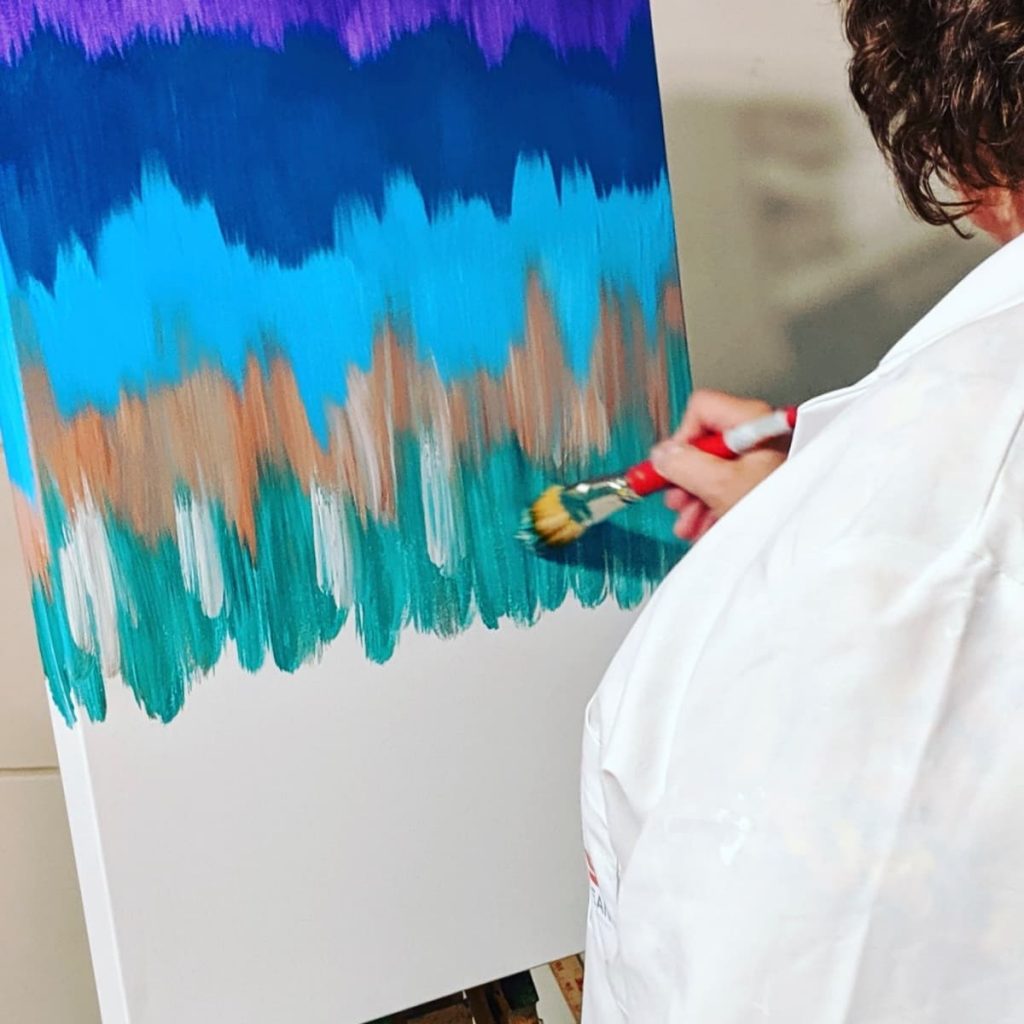
surce:feltmagnet.com
Another alternative is to use painting knives. Many painters forego using paintbrushes entirely in favour of semi-flexible blades to produce paintings with rich texture and sweeping colour harmonies. Learning to paint with a knife might be a difficult technique to perfect, but it is well worth the effort. The impasto method of putting paint to canvas using a painting knife is referred to as palette knife painting, the approach of the famous 19th-century painter, Vincent van Gogh. And even today, many contemporary painters use painting knives in the same way to make expressive works.
The phrases “palette knife” and “painting knife” are sometimes used interchangeably, however, they’re not synonymous. A palette knife is typically straight, with a rounded point, and is used to mix the paints on a palette. A painting knife has a sharp tip, is curved slightly like a trowel, and is ideal for painting on canvas. They’re available in a variety of sizes and designs and are often constructed of metal, although they are also available in wood and plastic. A short blade makes sharp, angular strokes, a long blade allows you to lay down sweeps of colour, a rounded blade is great for dabbing patches of pigment and building up layers, and a sharply-pointed blade allows you to scrape into the painted surface to create a sgraffito effect.

